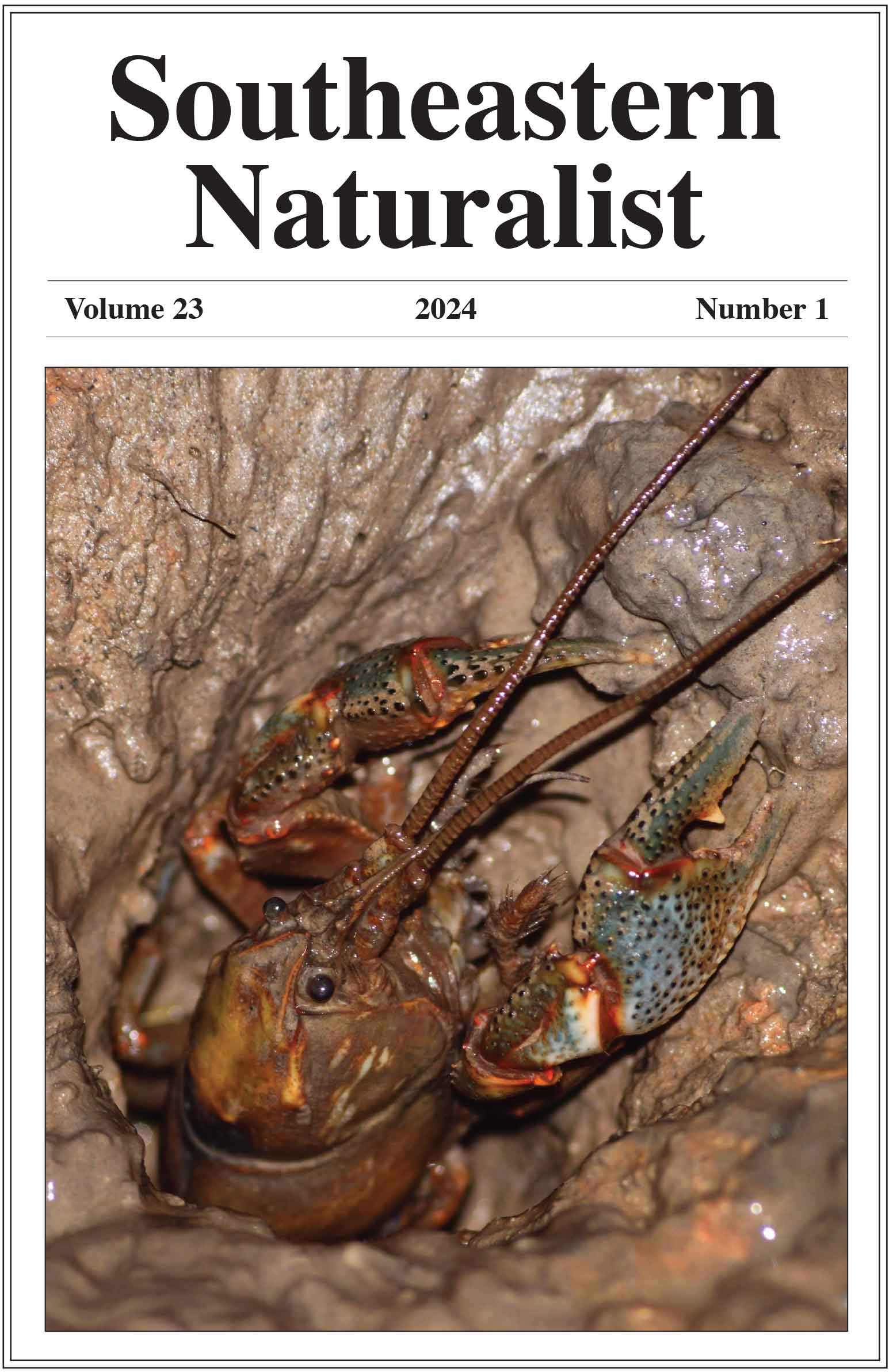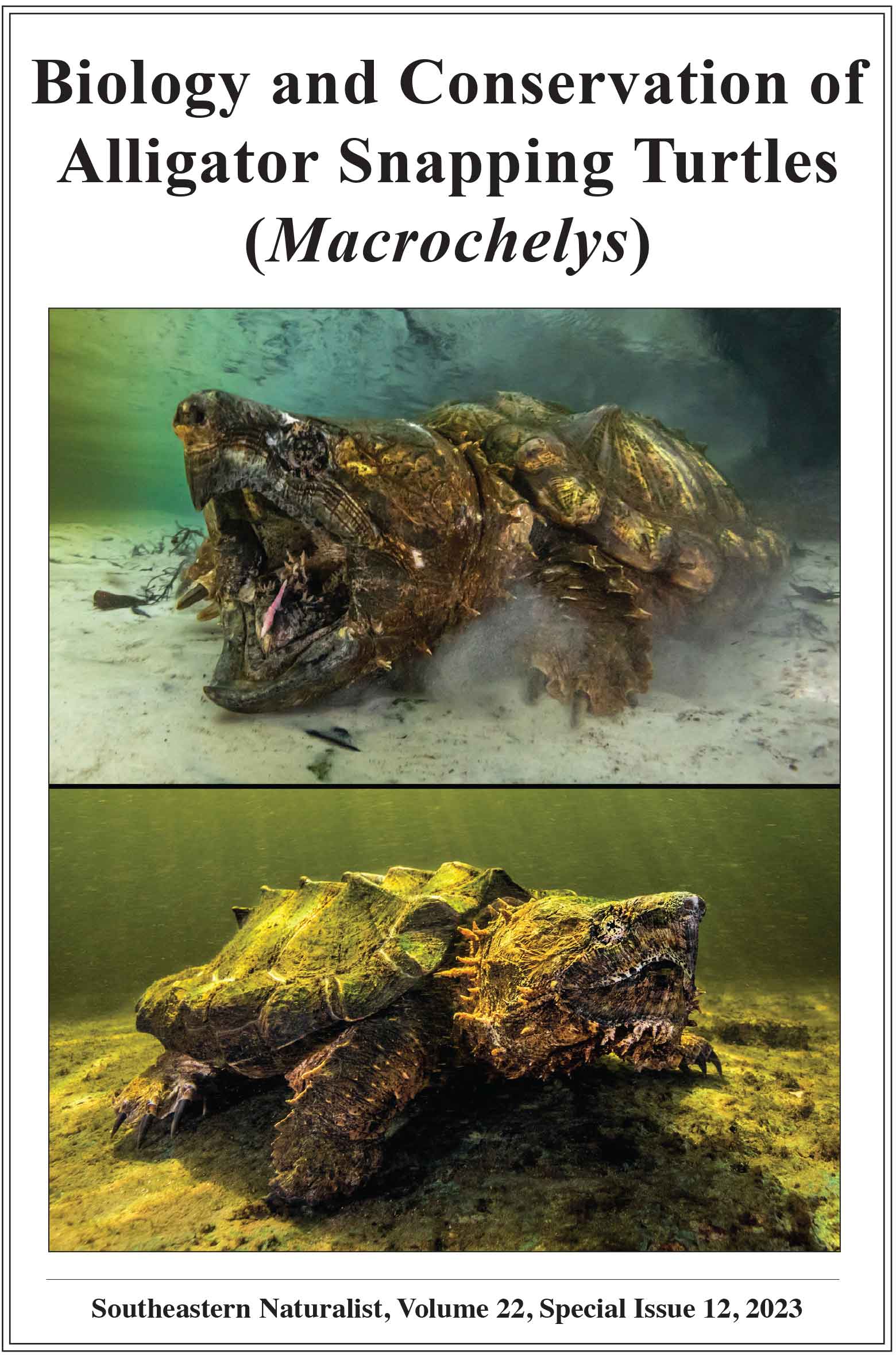Diet of Coyotes on the Tensas River National Wildlife Refuge During the White-tailed Deer Pre-fawning and Fawning Seasons
Joseph W. Hinton1,*, Kaitlyn Rountree2, and Michael J. Chamberlain2
1College of Forest Resources and Environmental Science, Michigan Technological University, Houghton, MI 49931. 2Warnell School of Forestry and Natural Resources, University of Georgia, Athens, GA 30602. *Corresponding author.
Southeastern Naturalist,Volume 20, Issue 2 (2021): 245–258
Abstract
Canis latrans (Coyote) is known to influence herbivore communities through predation. In particular, Odocoileus virginianus (White-tailed Deer) recruitment rates on the Tensas River National Wildlife Refuge in northeastern Louisiana may be negatively influenced by Coyote predation on fawns during summer months. Tensas River National Wildlife Refuge is mostly bottomland forest surrounded by agricultural croplands and, although Coyote diets have been extensively studied, prey selection in bottomland forests is poorly understood. We collected scat samples within Tensas River National Wildlife Refuge to determine food habits of Coyotes. Coyotes used prey differently between pre-fawning and fawning seasons and exhibited inverse consumption of White-tailed Deer and small mammals by season. Consumption of White-tailed Deer increased ~27% from the pre-fawning to fawning seasons, whereas consumption of small mammals decreased ~21% . These findings are an important first step towards understanding prey selection by Coyotes in the Lower Mississippi Alluvial Valley.
![]() Download Full-text pdf (Accessible only to subscribers. To subscribe click here.)
Download Full-text pdf (Accessible only to subscribers. To subscribe click here.)
Access Journal Content
Open access browsing of table of contents and abstract pages. Full text pdfs available for download for subscribers.
Issue-in-Progress: Vol. 23 (2) ... early view
Check out SENA's latest Special Issue:












 The Southeastern Naturalist is a peer-reviewed journal that covers all aspects of natural history within the southeastern United States. We welcome research articles, summary review papers, and observational notes.
The Southeastern Naturalist is a peer-reviewed journal that covers all aspects of natural history within the southeastern United States. We welcome research articles, summary review papers, and observational notes.